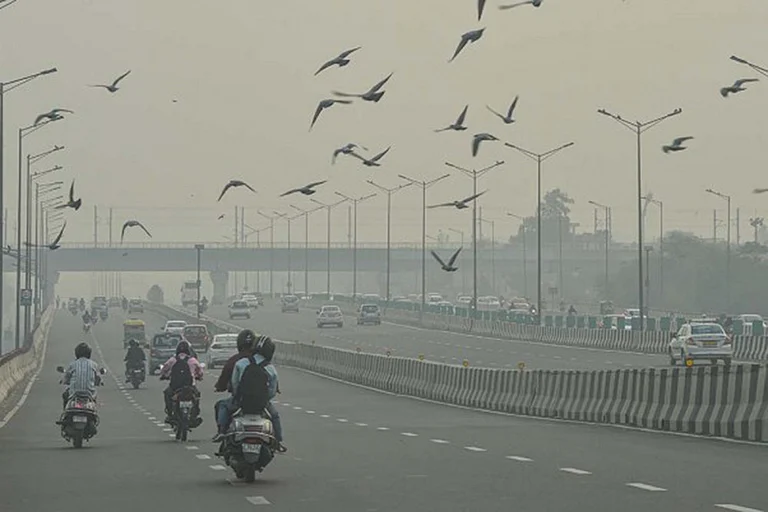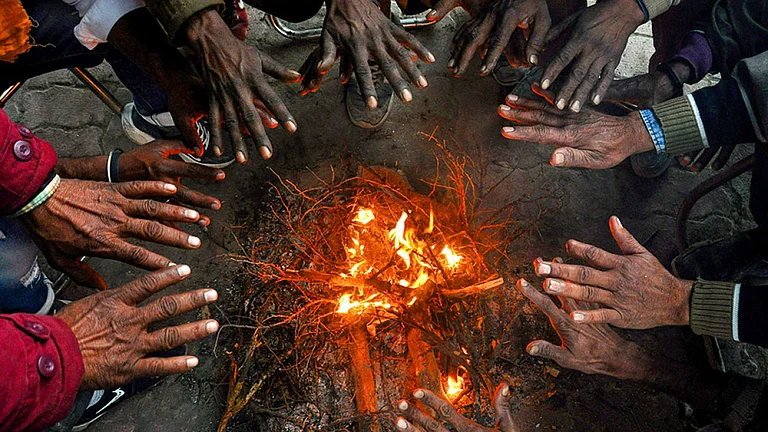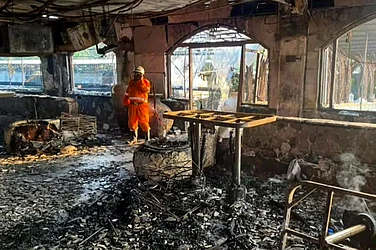
Punjab AQI at 246 (Severe); Ludhiana 316, Jalandhar 332 (Hazardous)
933 stubble burning cases reported; 580 incidents in last week alone
Weather: Sunny skies, 22-30°C; humidity 25-48%; winds 7-13 km/h
Chandigarh cleanest at 235 AQI; Mandi Gobindgarh most polluted
Punjab Air Quality and Weather Report
Punjab recorded an overall AQI of 246 in the "severe" category as of October 29, with PM2.5 at 168 µg/m³ and PM10 at 205 µg/m³. Ludhiana's AQI reached hazardous levels at 316, with PM2.5 at 228 µg/m³ and PM10 at 285 µg/m³. Jalandhar recorded 332 AQI in the hazardous category, with readings fluctuating between 177-438 over the past 24 hours.
Other major cities showed concerning levels: Amritsar 187, Bathinda 111, Patiala 121, and Mandi Gobindgarh 167. Tuesday's readings showed Amritsar and Jalandhar exceeding 500 AQI post-Diwali, though levels have since improved marginally. Chandigarh recorded 235 AQI, making it relatively cleaner within the region.
Punjab Air Quality Today
Punjab recorded an overall AQI of 246 in the "severe" category with PM2.5 at 168 µg/m³ and PM10 at 205 µg/m³. Ludhiana's AQI reached 316 (hazardous), with PM2.5 at 228 µg/m³ and PM10 at 285 µg/m³. Jalandhar recorded 332 AQI in the hazardous category. Other cities showed concerning levels: Amritsar 187, Patiala 121, and Mandi Gobindgarh 167. Chandigarh remained relatively cleaner at 235 AQI.
Stubble Burning Crisis
Punjab reported 933 stubble burning cases between September 15 and October 28, with 580 incidents in the last week alone. Monday marked the highest single-day spike at 147 cases. Despite the surge, total cases remain 57% lower than last year. Tarn Taran leads with 224 cases, followed by Amritsar (154) and Ferozepur (80).
Officials warn that with 40% of paddy still standing across 31.72 lakh hectares, incidents will likely rise over the next 10-15 days. The three-week harvesting window forces farmers to burn stubble quickly, releasing massive amounts of PM2.5, PM10, and nitrogen oxides.
Air Quality Causes
Punjab's deterioration stems from post-Diwali firecracker emissions, vehicular pollution, industrial activities, and crop residue burning. While stubble burning contributed 3.71% to Delhi's pollution recently, it can reach up to 35% during peak burning in early November.
Weather and Cleanest Cities
Punjab weather shows sunny conditions with temperatures between 22-30°C and humidity levels at 25-48%. No significant rainfall is forecast. Among major cities, Bathinda recorded the cleanest air at 111 AQI (moderate category). Smaller towns like Pathankot and Rupnagar historically report fewer pollution incidents, though real-time data remains limited.











_.jpg?auto=format%2Ccompress&fit=max&format=webp&w=768&dpr=1.0)

















